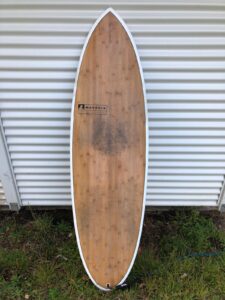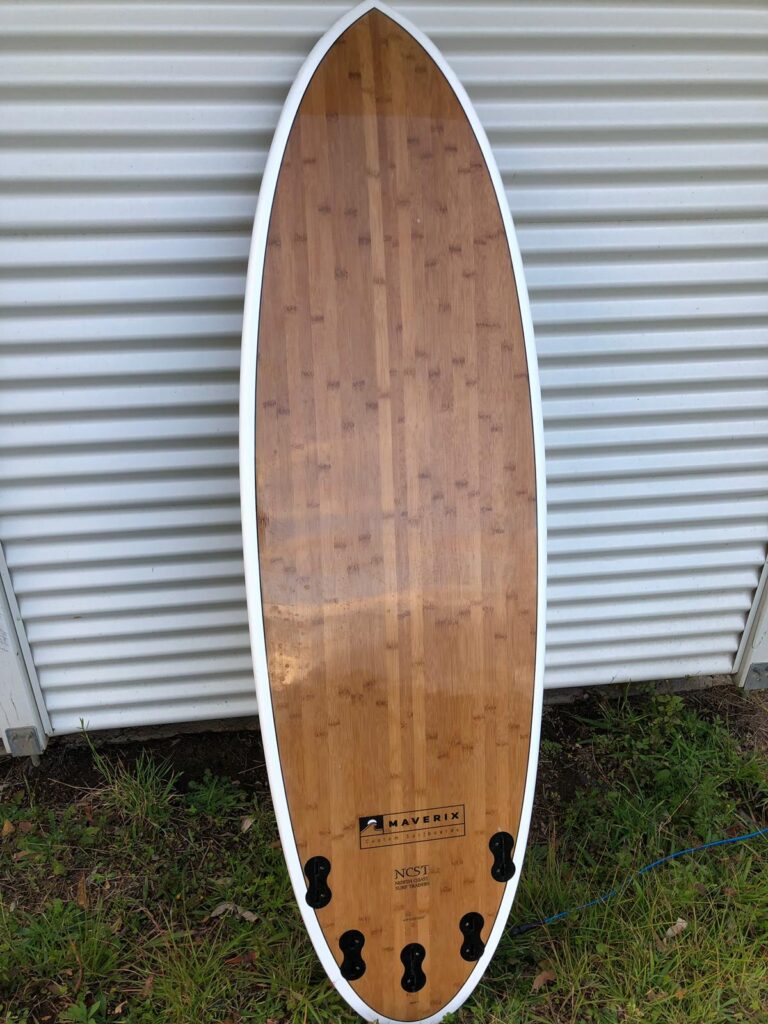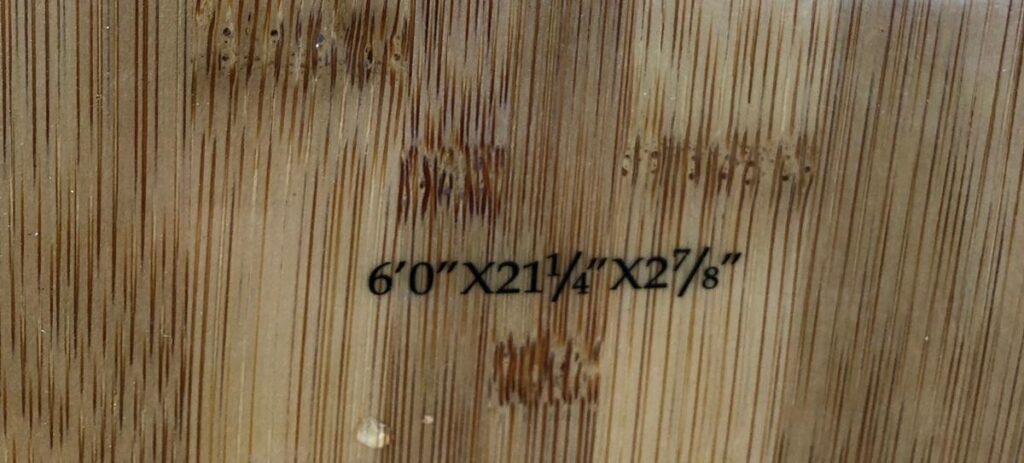The Prehistory
Learning to surf a shortboard was always one of my wishes. In the last couple of years I used to surf a couple of days per year my old BIC 8’4, mostly at one particular spot in France. Cenitz Plage in Guéthary. This is a little bay with a reef break and an ideal wave for longer boards. I had never the feeling that I need a shortboard for this wave and there was never really a shortboarder who had fun as far as I could see. But two years ago my two boys wanted to surf as well and we started to travel down the Atlantic coast all the way from South France to Morocco in more or less every holiday. Depending on the surf spot and the wave shape I had sometimes difficulties with my longboard. When the waves where to steep and hollow I either nosedived, had a wipe out or hit the breaks before falling from the top of the wave.
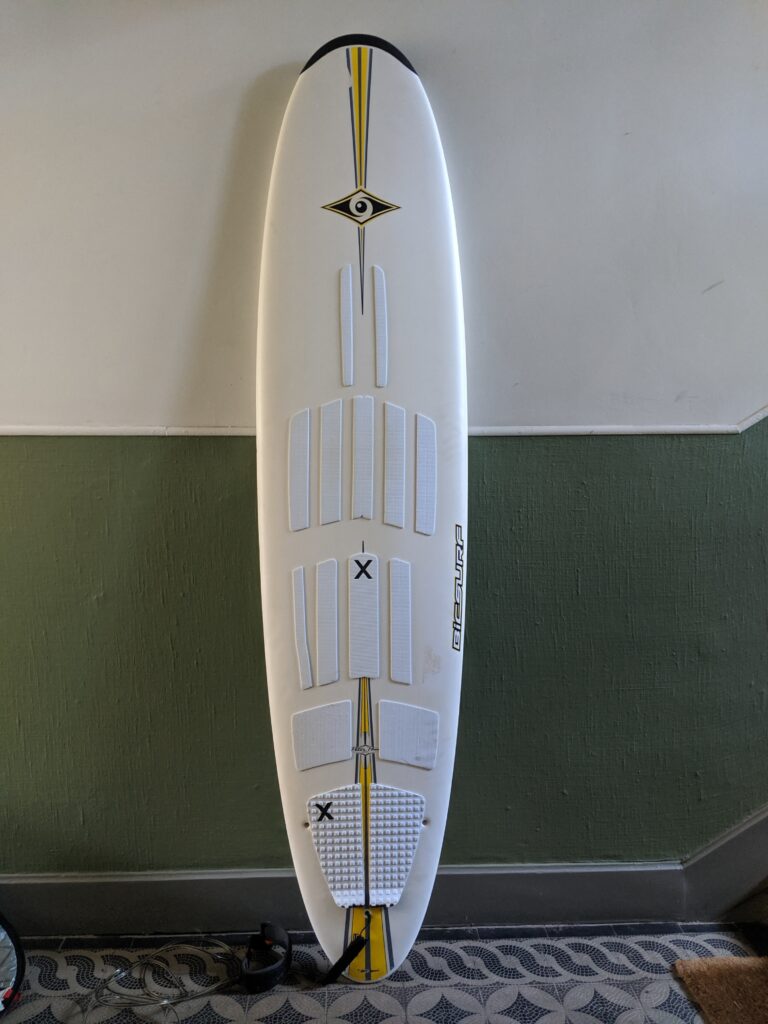
BIC 8’4 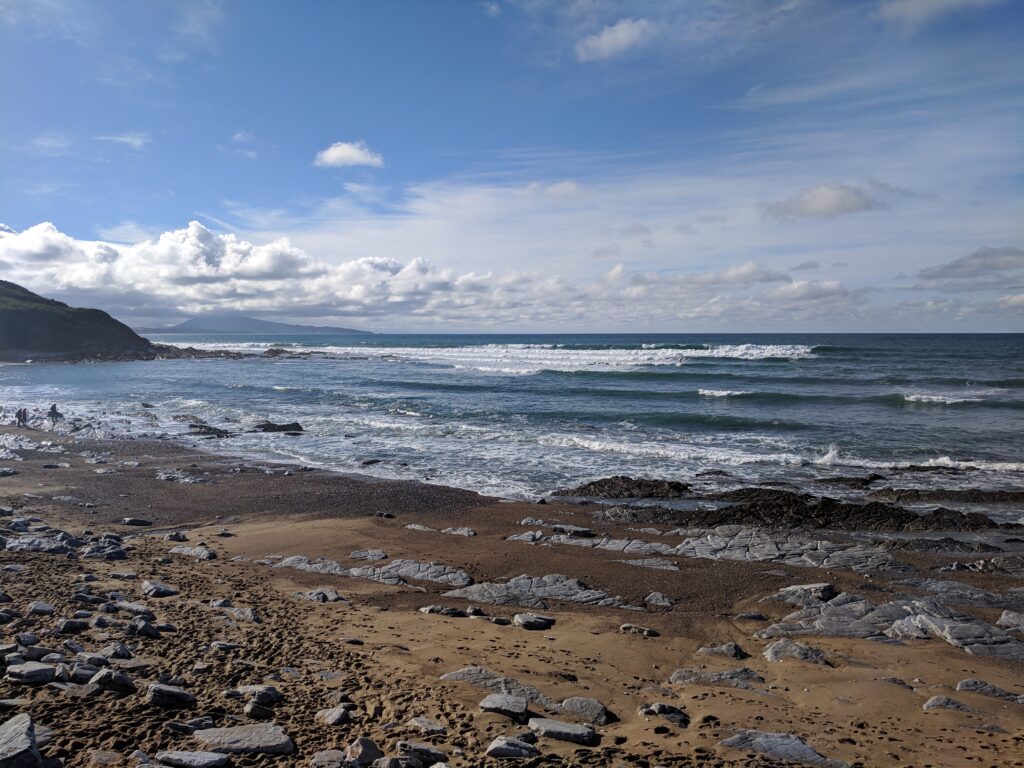
Small day in Guéthary
Surfing in Australia
This year I had the opportunity to stay with my family for four month in Australia (April – August). And I thought this will be my chance to learn to surf a shorter board. So I went shopping for a board, which would be a good fit for my size (180 cm) and weight (80 kg). After some research I found out that it would be a good idea to buy a board with half the volume of my weight. So I was looking for a board with a volume of around 40 l . The shortest board I could find in the shops where I looked was a 6′ board with exactly 40 l. Because my boys had to go to school we had only the possibility to go surfing in the morning for one hour and longer on the weekends. So we stood up at 6:00 am. Sunrise was at around 6:30 am. The closest surf spot was Sawtell.
Learning and Struggling
I managed to go surfing for more than 50 times over this period of four month. Did I learn to surf a shortboard? What did I learn? What didn’t worked so well? With what do I still struggle?
Pop up
My biggest problem was and still is the pop up on this smaller board. Often I was popping up and my front food was too far back. In this position I had no chance to control the board, it just shot forward and I felt back into the wave. In search to improve my pop up I found this video from surf-insight and it helped me to improve my pop up substantially. But I still need more practice. In addition, at my age, some additional stretching and mobility work can work wonders.
Timing
Finding the right entry point was hard. On my beloved reef break in France it was relatively simple to find the right spot where to paddle into the wave and the same applied for every other similar reef or point break. The waves are breaking nearly always at a well defined point and normally everyone on the water is laying around this point. In contrast on a beach break everything is constantly changing. I was overwhelmed at the beginning. Everybody around me seamed to know exactly where the next wave will break. Even when I thought I’m in the right spot, someone had a slightly better position and I had to get out of the wave. Although the surfers where not gathered together on one spot. Instead they were distributed over nearly the whole beach. There is not really a instant solution for this. It needs time to learn to read the ocean and practice, practice, practice.
Duck dive
I thought with a short board and less volume it would be easier to duck dive. And sure it is much easier than with my 8’4, which basically is not possible to duck dive. I had no problems, as long as the waves were well under head height. But as soon as they got bigger and came more frequently (most of the time the wave period was under 10 s ) my struggle began. On the paddle out, after the 10th duck dive I got more and more tired. It was only a question of time, when I was no longer able to dive deep enough to pass under the wave. And sometimes the board was just torn out of my hands and dragged back towards the beach. My worst attempt to get out (ca. 100 m ~328 feet) was more than 10 min of paddling, duck diving and losing my board twice. Once out I had to recover for another 10 min, before I was able to try to catch a wave. There were even a couple of days, where I had to give up. I just turned around and watched the show from the beach. Again the solution is not simple. Sure more paddle strength would be good, but more essential is a good spot check. What are others surfers doing? Are their any currents which could be used to get out more easily? Clear that this should only be done, when you know how to get out of the current. Always stay save. “If in doubt, don’t go out”.
Bottom turn
It tuck me quite a while to come to the point where I reached the same level on the shortboard as on my longer board. This means I’m able to pop up, do a bottom turn and cruise along the wave face and all this on steeper and faster waves. This is very good and every wave which I’m able to ride boosts my mood.
Cutback
My goal was to learn to do cutbacks. So far I was not even close to do one cutback. So I failed in this point. Disappointed? No, it shows me that shortboard surfing is really hard stuff and I have great respect for all the people who go out and let it look so easy.
Would I buy again a shortboard?
I still own this shortboard and it is waiting for me in Australia. But would I buy one again after my hard time on the water? Most probably I would go a step back and buy a slightly longer board with around 7′. A funboard or egg shape would for sure give me more possibilities to catch waves. And with more ridden waves it is more easy to learn and practice maneuvers. Maybe I would even consider to take some surf lessons with a good surf instructor to speed up the process.
Where did we surf?
- Sawtell: Beach Break, closest spot to our temporary home and most visited.
- Diggers beach: Little bay with a Beach Break north of Coffs Harbour. There I surfed the most waves, mostly on weekends.
- Valla beach: Beach Break, similar to Sawtell
- Crescent Head: Large bay with a right hand wave breaking up to 400 m. We stayed there over a weekend and tried to surf, but it was so big and crowded that we had not much chances to catch a wave. At the end we had two broken boards and a lost fin. What remains are memories of two epic days, jumping from rocks into the water, paddling hard, getting washed back to the beach, walking back to the rocks, repeat and watching the “pros” doing there magic on the waves.
- Emerald beach: Beach Break in a nice bay.
- Mullaway beach: Beach Break. Our first tries in Australian waters.
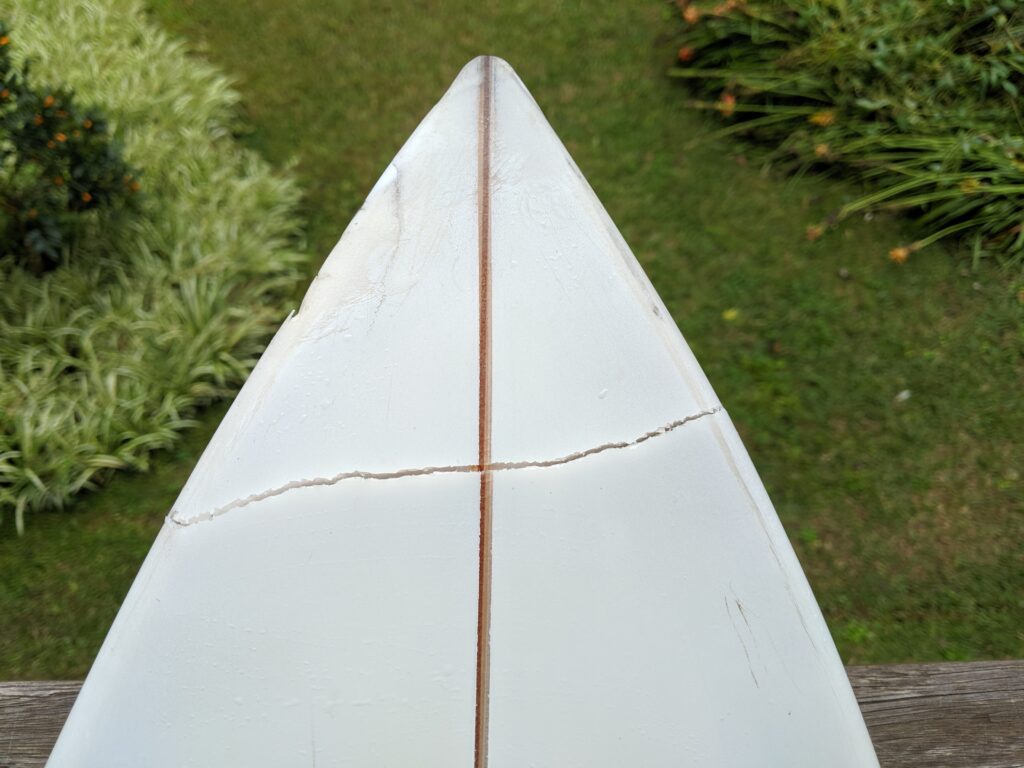
Cresent Head aftermath I 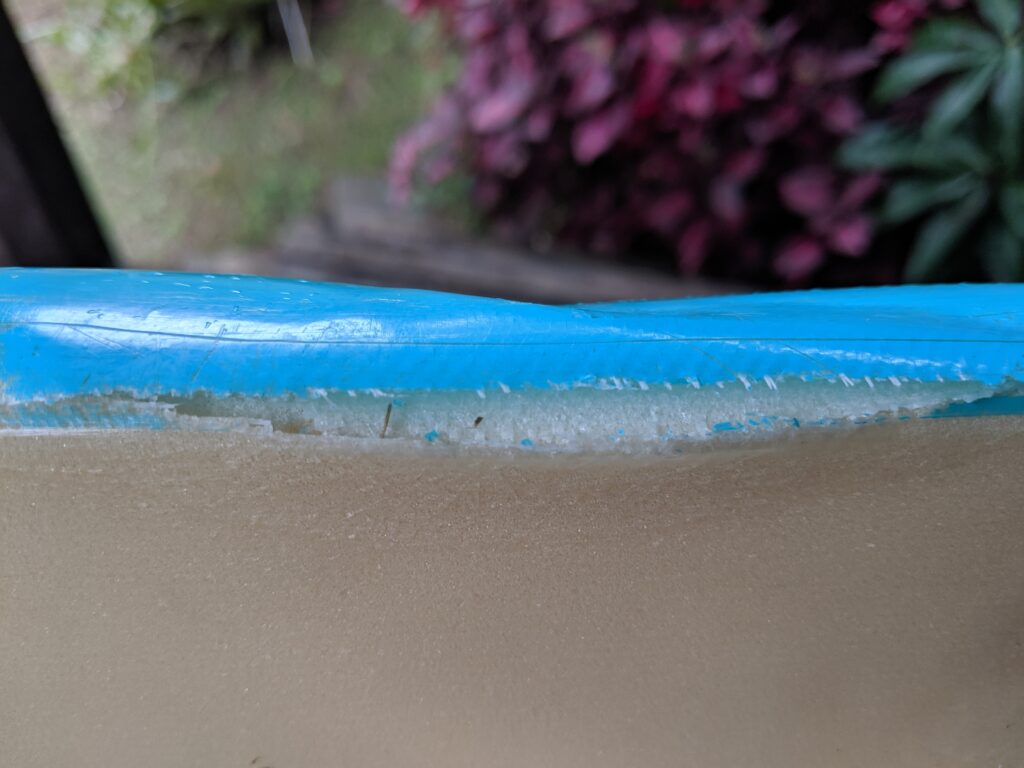
Cresent Head aftermath II
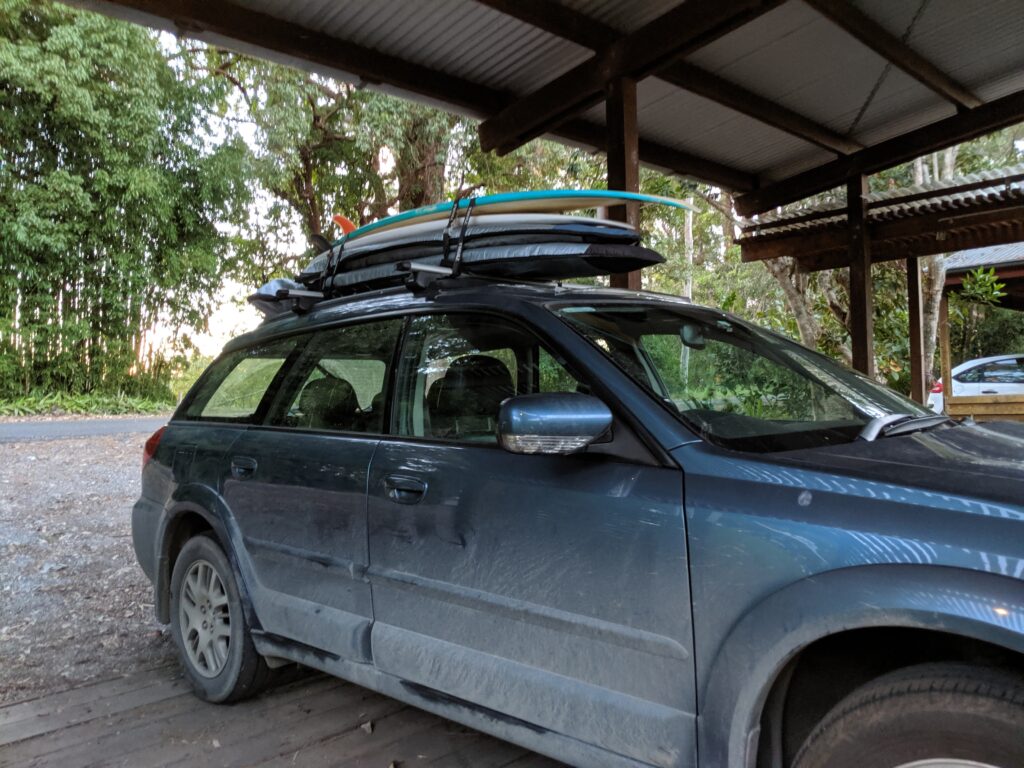
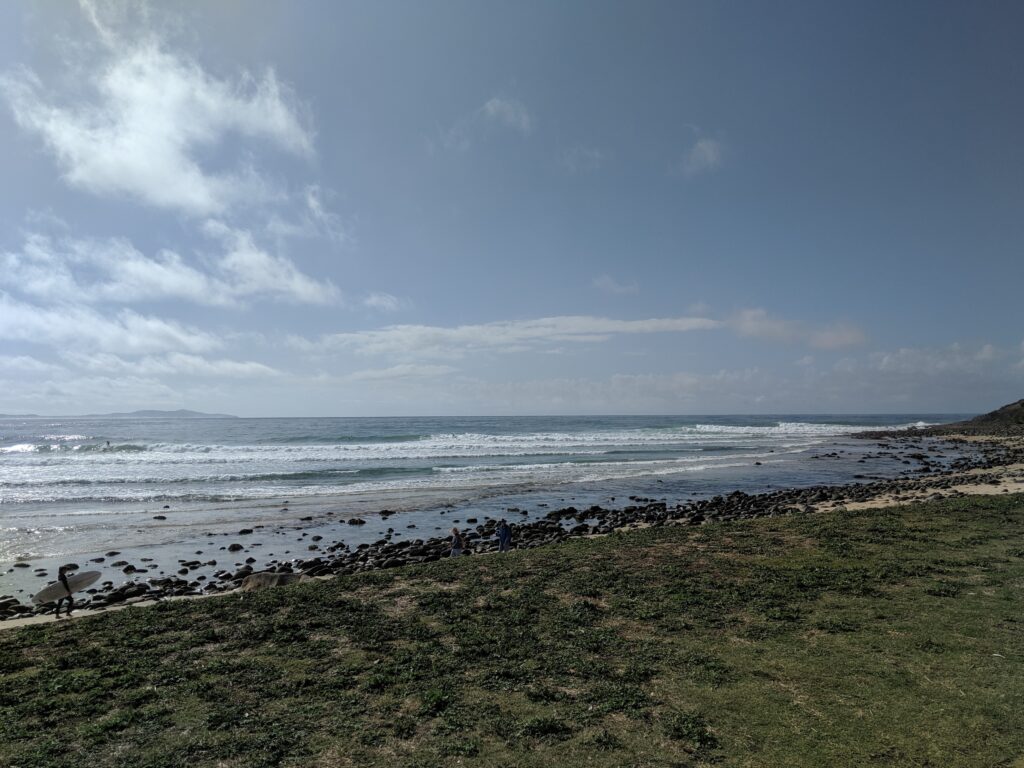
Cresent Head 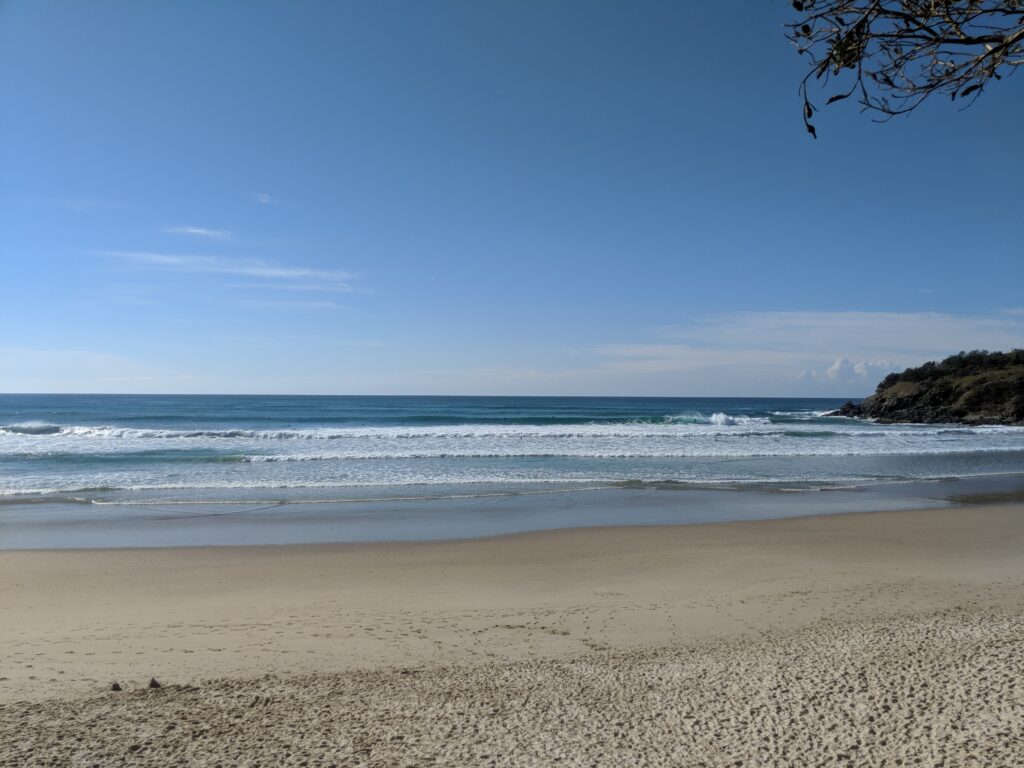
Diggers Beach 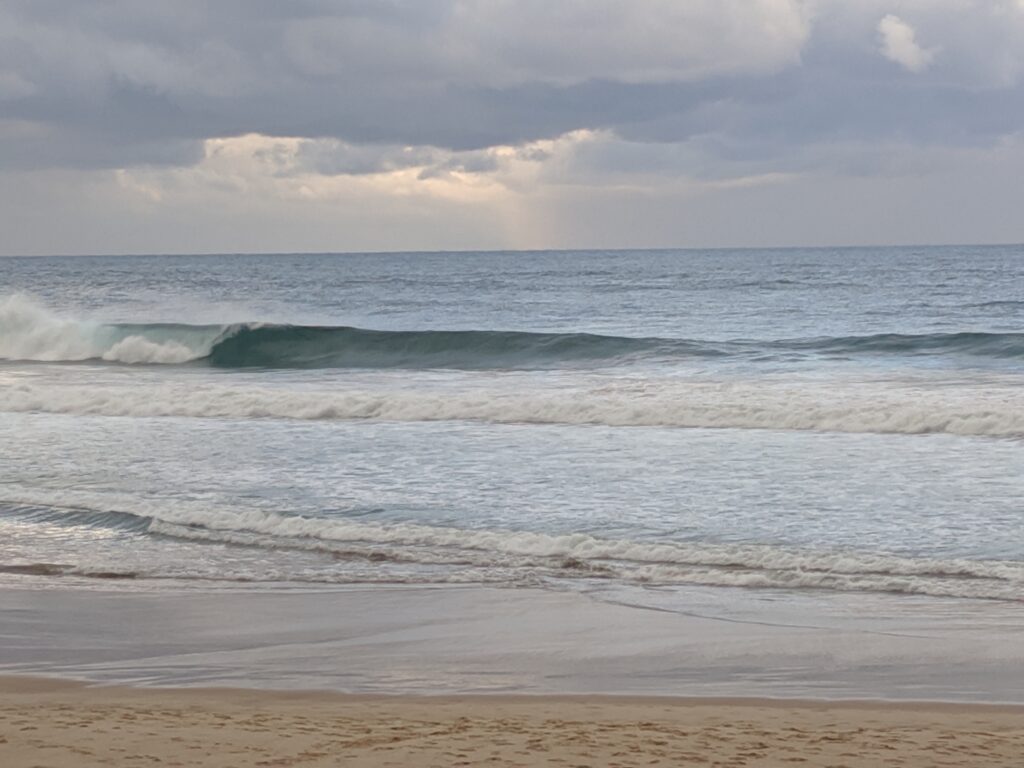
Sawtell 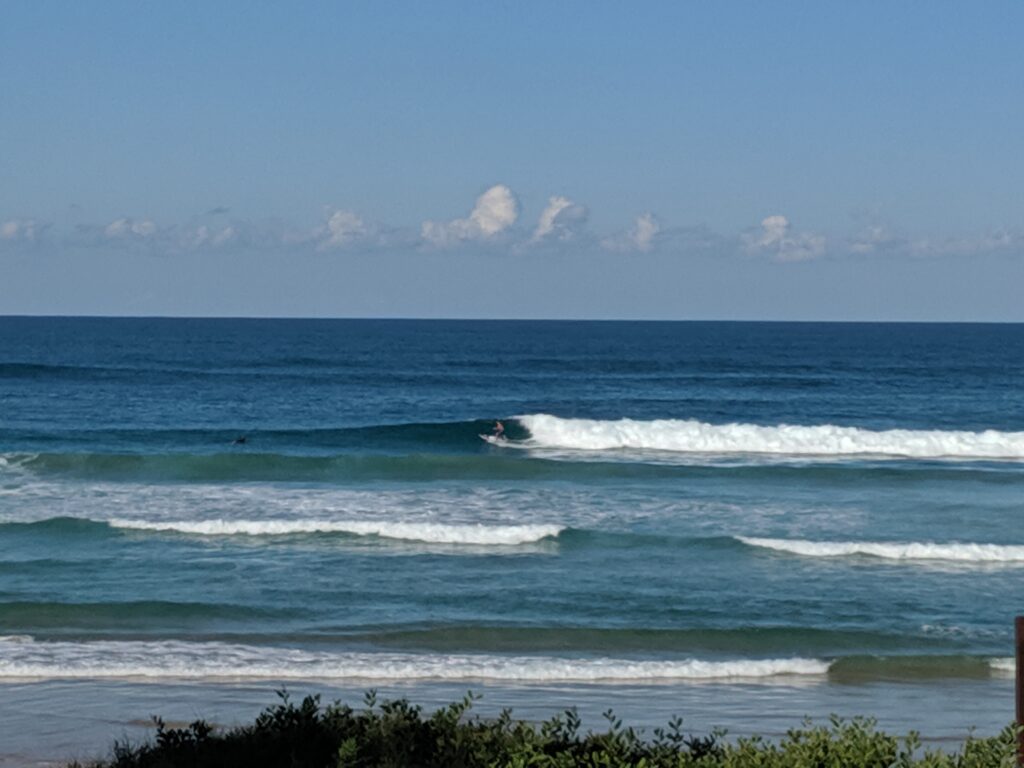
Sawtell
